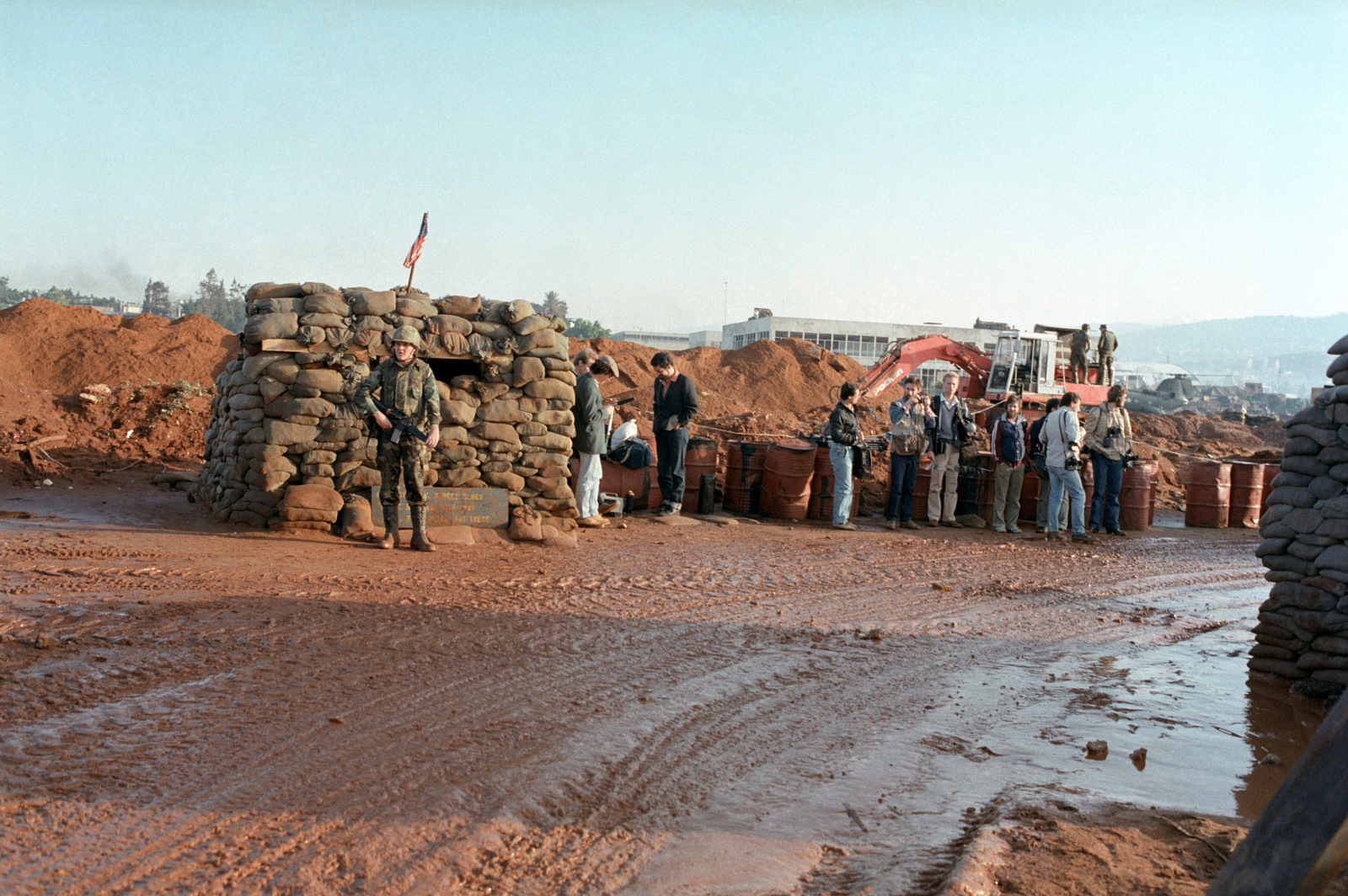
embassy in Beirut.Criteria This medal is awarded to members of the Armed Forces of the United States who have been assigned, attached, or mobilized to units operating in the area of eligibility for thirty consecutive or for six. On February 26, 1984, the main force of marines left Lebanon, leaving just a small contingent to guard the U.S. In a national address on October 23, President Reagan vowed to keep the marines in Lebanon, but just four months later he announced the end of the American role in the peacekeeping force.

peacekeeping force occupied an exposed area near the airport, but for political reasons the marine commander had not been allowed to maintain a completely secure perimeter before the attack. Serious questions also arose over the quality of security in the American sector of war-torn Beirut. The identities of the embassy and barracks bombers were not determined, but they were suspected to be Shiite terrorists associated with Iran.Īfter the barracks bombing, many questioned whether President Ronald Reagan had a solid policy aim in Lebanon. The bomb, which was made of a sophisticated explosive enhanced by gas, had an explosive power equivalent to 18,000 pounds of dynamite. Then, on October 23, a Lebanese terrorist plowed his bomb-laden truck through three guard posts, a barbed-wire fence, and into the lobby of the Marines Corps headquarters in Beirut, where he detonated a massive bomb, killing 241 marine, navy, and army personnel.

embassy in Beirut, killing 63 people, including 17 Americans. On April 18, 1983, a suicide bomber driving a van devastated the U.S. Marine to die during the mission was killed while defusing a bomb.

The Marines left Lebanese territory on September 10 but returned in strengthened numbers on September 29, following the massacre of Palestinian refugees by a Christian militia. Marines was ordered to Beirut to help coordinate the Palestinian withdrawal. During the next few years, Syrian, Israeli, and United Nations interventions failed to resolve the factional fighting, and on August 20, 1982, a multinational force including 800 U.S.

In 1975, a bloody civil war erupted in Lebanon, with Palestinian and leftist Muslim guerrillas battling militias of the Christian Phalange Party, the Maronite Christian community, and other groups. From its inception, the mission was plagued with problems–and a mounting body count. Marines were part of a multinational force sent to Lebanon in August 1982 to oversee the Palestinian withdrawal from Lebanon. That same morning, 58 French soldiers were killed in their barracks two miles away in a separate suicide terrorist attack. Marine barracks in Beirut, killing 241 U.S. A suicide bomber drives a truck packed with explosives into the U.S.


 0 kommentar(er)
0 kommentar(er)
